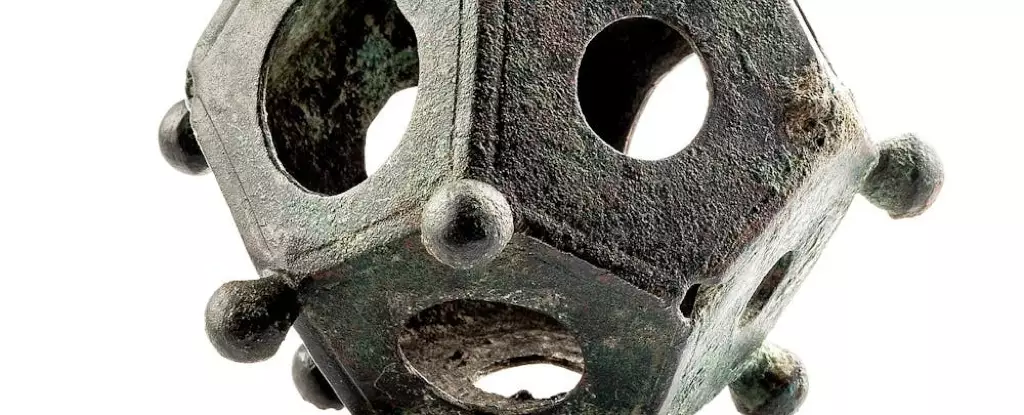One of the most puzzling mysteries in the field of archaeology is the elaborate stone balls found in Scotland, dating back to the later Neolithic period. These stone balls, over 425 of which have been discovered, are meticulously carved from various stones and adorned with intricate designs such as spirals and concentric shapes. Despite extensive research and speculation, the original purpose of these mysterious objects remains unknown. Some theories suggest that they were used as weapons, toys, measuring weights, or even holders for yarn. The lack of definitive evidence and the variations in design have led to continued intrigue and debate among archaeologists.
Another enigmatic discovery is the Roman Dodecahedra, finely crafted copper alloy objects scattered across the provinces of the former Roman empire. These objects, which do not appear in ancient art or literature, have no standardized size and show minimal signs of wear. Despite various speculations, archaeologists have yet to determine the intended use of these dodecahedra, making them an intriguing mystery from the Roman period.
The discovery of the Folkton Chalk Drums in Yorkshire raises questions about their purpose and significance. These carved cylinders of chalk, adorned with geometric decorations resembling facial features, have been found in graves along with other artifacts. While some researchers have linked the geometric markings to astronomical observations, others have suggested they may have been references to perishable containers. The presence of these drums in children’s graves adds a layer of complexity to their interpretation, making them a captivating mystery from the Neolithic era.
During the late Bronze Age, intricately designed penannular rings made of gold sheet and wire were crafted as personal ornaments. Despite their ornate appearance, the purpose of these rings remains unclear. While some theories propose they were used as nose rings, earrings, or hair ornaments, the discomfort associated with wearing them raises doubts. Contextual evidence from recent discoveries in Turkey suggests that facial jewelry found near skulls might provide valuable insights into the use of these enigmatic rings.
Cosmetic grinders, small copper alloy kits used for grinding substances, are unique to Britain and exhibit intricate decorative motifs. These objects, dating from the late Iron Age to the early Roman period, have raised questions about the substances they were used to prepare. Suggestions range from medicines and cosmetics to aphrodisiacs and narcotics. The lack of conclusive evidence regarding the contents of these mortars adds to the mystery surrounding their function. Amateur finders play a crucial role in preserving these artifacts and contributing to ongoing research in the field of archaeology.
The world of archaeology is filled with intriguing mysteries that continue to elude definitive explanations. From the enigmatic stone balls of Scotland to the elaborate cosmetic grinders of ancient Britain, these puzzling artifacts offer a glimpse into the complexities of ancient civilizations. By unraveling these mysteries, archaeologists strive to piece together the puzzle of our shared human history and gain a deeper understanding of the past.


Leave a Reply